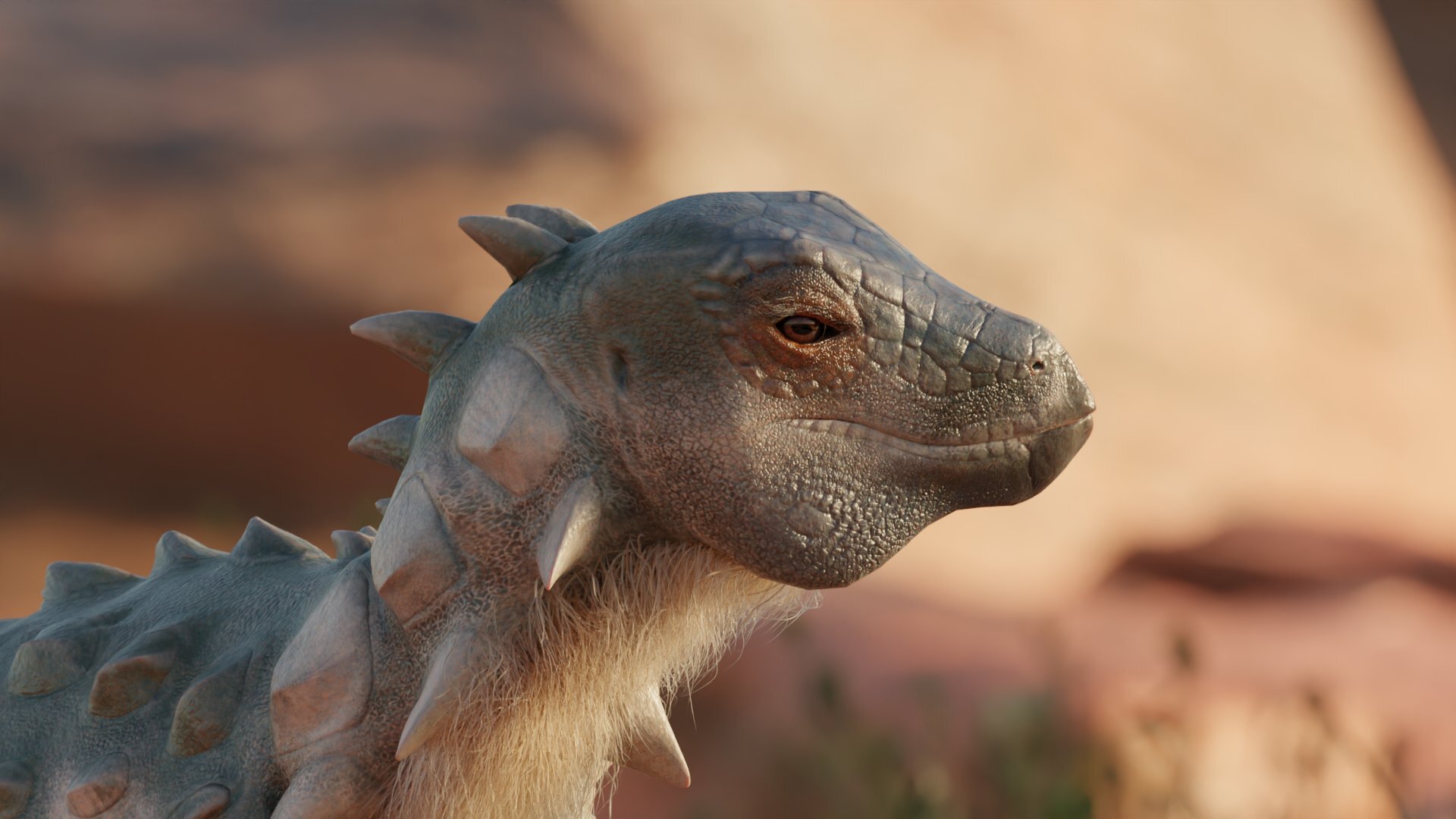The paleontologists at the Félix de Azara Natural History Foundation in Argentina unearthed a partial skeleton of a subadult dinosaur in the Río Negro province of northern Patagonia.
The researchers say the newly discovered Jakapil kaniukura, looks to be a relative of armoured dinosaurs like the Stegosaurus or Ankylosaurus.
The name “Jakapil” comes from a word in the Puelchean or northern Tehuelchean Indigenous language of Argentina, meaning “shield bearer”.
“Kanikura” comes from the words in the Indigenous Mapudungun language meaning “crest” and “stone”.
Jakapil had a row of protective bony armour running from its neck to its tail and probably grew to about 1.5 metres long.
It also seems that the creature walked upright and was a herbivore, with leaf-shaped teeth that are similar to the Stegosaurus.
It had a short beak capable of a strong bite, presumably capable of eating and processing tough vegetation.

They came from the Cretaceous period, the last era of dinosaurs, and living between 97 million and 94 million years ago.
The paleontologists said in their new study that this finding shows that a whole lineage of previously undetected thyreophorans were in the Southern Hemisphere during this period.
The authors say “this is the first definitive thyreophoran species from the Argentinian Patagonia” and it “shows that early thyreophorans had a much broader geographic distribution than previously thought”.
Most thyreophorans are known from the Northern Hemisphere, with most fossils from other members of the group found in Jurassic-period rocks from North America and Europe.
The paleontologists also noted how “these older types of thyreophorans seem to have gone extinct by the Middle Jurassic” and they were surprised to learn an ancient lineage of them survived to the late Cretaceous period in South America.






